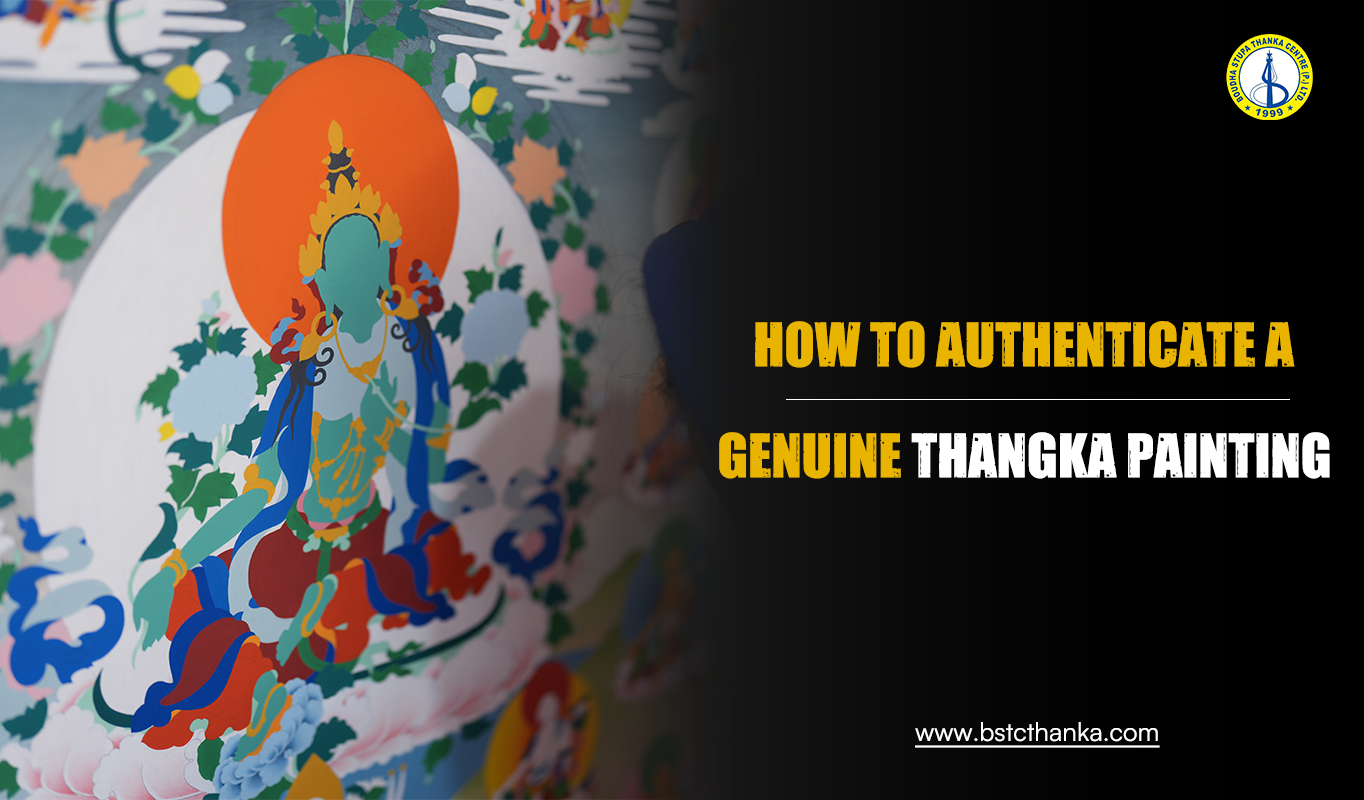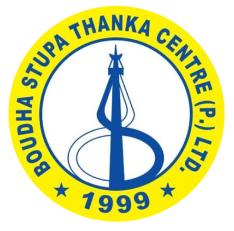
How to Authenticate a Genuine Thangka Painting
Thangka paintings are highly revered Tibetan Buddhist artworks, often used for meditation, rituals, and spiritual practices. However, with the growing demand for these sacred paintings, counterfeit versions have flooded the market. Understanding the difference between an authentic Thangka painting and a mass-produced replica is essential for collectors, practitioners, and art enthusiasts alike. This guide will help you identify the key signs of authenticity, avoid common tricks, and ensure you purchase from trusted sources.
Signs of an Authentic Thangka Painting
A genuine Thangka painting is a masterpiece of skill, tradition, and devotion. The following factors distinguish an authentic piece from imitations:
1. Hand-Painted or Printed
-
Authentic Thangkas are meticulously hand-painted using natural mineral pigments, gold, and organic dyes.
-
Fake Thangkas are often printed on fabric or paper, lacking the texture and depth of brushstrokes.
-
To test authenticity, observe the surface under light—hand-painted Thangkas will have visible brushstrokes and slight variations in color, while printed ones appear flat and uniform.
2. Canvas and Preparation
-
Traditional Thangkas are painted on hand-prepared cotton or silk canvases, coated with a fine layer of gesso made from chalk and glue.
-
Fake versions may use synthetic materials or commercially produced canvases that lack the natural feel and texture of authentic Thangkas.
3. Mineral and Natural Pigments
-
Genuine Thangkas use natural pigments sourced from minerals, plants, and gold, which provide a rich, vibrant, and long-lasting appearance.
-
Fake paintings often use synthetic acrylic or chemical-based colors that fade quickly and lack depth.
-
One way to check is to lightly rub a damp cotton swab on a small edge—natural pigments remain intact, while synthetic paints may smudge or bleed.
4. Iconographic Accuracy
-
Authentic Thangkas follow strict guidelines based on Buddhist iconography, ensuring precise proportions, hand mudras, and symbolic details.
-
Fake Thangkas may have inconsistencies in deity postures, incorrect hand gestures, or missing spiritual symbols.
-
Consulting an expert or comparing with verified Thangka images can help verify authenticity.
5. Gold Detailing and Gilding
-
Many high-quality Thangkas incorporate real gold, applied with delicate strokes for an elegant and sacred look.
-
Fake versions may use gold-colored paint or metallic ink, which lacks the radiance of genuine gold leaf.
-
Tilting the painting under light can reveal genuine gold’s unique shimmer and texture.
Common Tricks to Avoid
Counterfeit Thangkas are widely sold in tourist markets, online stores, and even some art galleries. To avoid purchasing a fake, be aware of these common tricks:
1. Machine-Printed Thangkas Sold as Handmade
-
Some sellers present printed Thangkas as "hand-painted," often framing them in brocade to disguise the lack of texture.
-
Always inspect for brushstroke patterns and layered colors.
2. Artificial Aging Techniques
-
Some fakes are artificially aged to appear antique, using tea stains, chemical washes, or distressed edges.
-
Genuine antique Thangkas show natural wear and patina from use over centuries.
3. Mass-Produced “Handmade” Thangkas
-
Some Thangkas are hand-painted but mass-produced in workshops with little regard for spiritual authenticity.
-
These often lack the precision, intention, and blessings that come with a true authentic Thangka painting crafted by a master artist.
4. Incorrect Symbolism and Details
-
Mass-produced or fake Thangkas often include artistic liberties, such as extra decorative elements or incorrect deities.
-
Studying Buddhist iconography or consulting experts can help detect these flaws.
Certifications and Trusted Sellers
Buying an authentic Thangka painting requires due diligence. Reputable sources ensure authenticity through certifications and ethical sourcing.
1. Certifications of Authenticity
-
Some authentic Thangkas come with certificates verifying materials, artist details, and adherence to traditional methods.
-
Certification from Tibetan monasteries or recognized Buddhist organizations adds credibility.
2. Trusted Sellers and Galleries
-
Buy from well-known Buddhist art dealers, monasteries, or reputable galleries that specialize in Tibetan art.
-
Avoid generic souvenir shops or unverified online marketplaces.
3. Directly Purchasing from Artists or Monasteries
-
Many traditional artists work under monastic guidance, ensuring that each Thangka is created with spiritual dedication.
-
Visiting monasteries or Thangka studios allows buyers to witness the meticulous painting process firsthand.
Expert Tips for First-Time Buyers
If you are new to buying a genuine Thangka painting, follow these expert tips to make an informed purchase:
1. Do Thorough Research
-
Learn about different styles of Thangkas, such as Karma Gadri, Menri, and Newari.
-
Familiarize yourself with Tibetan Buddhist deities and iconography to spot inconsistencies in fakes.
2. Ask the Seller Questions
-
Inquire about the artist’s background, materials used, and painting techniques.
-
Request close-up images or a video of the painting if buying online.
3. Check for Hand-Stitching on Brocade Framing
-
Traditional Thangkas are often mounted on brocade silk frames with meticulous hand-stitching.
-
Machine-sewn borders may indicate mass production.
4. Consider the Price and Quality
-
High-quality, hand-painted Thangkas take months to complete and are priced accordingly.
-
If a deal seems too good to be true, it likely is.
5. Trust Your Intuition
-
A genuine Thangka carries a sacred energy and depth that resonates with viewers.
-
If something feels off, it’s best to seek a second opinion before purchasing.
Conclusion
Recognizing an authentic Thangka painting requires attention to detail, knowledge of traditional techniques, and awareness of common counterfeits. By understanding the distinctions in materials, craftsmanship, and iconography, buyers can avoid being deceived by fake reproductions. Investing in a genuine Thangka not only preserves the integrity of Tibetan art authentication but also supports the artists and monasteries dedicated to this sacred tradition.
Whether you are a collector, practitioner, or art enthusiast, taking the time to authenticate your Thangka ensures that you are acquiring a piece that carries true spiritual significance. By purchasing from trusted sources and following expert advice, you can confidently own an artwork that embodies the essence of Buddhist wisdom and devotion.



